The ADA and TAS have requirements for building entrances. The building code also has requirements for means of egress. Both ADA and the building code connect entrances and means of egress to either a public way or a public street. This newsletter will explain the difference between a public way and a public street and will give examples of how these can be applied to our accessible designs.
Definition of Public Way
The ADA defines a “Public way” as follows:
Public Way. Any street, alley or other parcel of land open to the outside air leading to a public street, which has been deeded, dedicated or otherwise permanently appropriated to the public for public use and which has a clear width and height of not less than 10 feet (3050 mm).
If you notice the definition, in addition to the public way being a street or alley, it also speaks about “other parcel of land open to the outside air leading to a public street” .
But what does that mean? My very smart client Josh Williams from D2 Architecture pointed out to me that “other parcel of land” could be a parking lot that is located within the property line as long as it is open to the outside air and connected to a public street. A parking garage would not meet that definition.
Public Way and Accessible Means of Egress
When designing an accessible means of egress, you are required to create a continuous and unobstructed path of travel to a safe area for a person with disabilities to reach in case of an emergency.
The definition of this path of travel is:
Accessible Means of Egress. A continuous and unobstructed way of egress travel from any point in a building or facility that provides an accessible route to an area of refuge, a horizontal exit, or a public way.
An accessible means of egress can terminate at a public way. As we saw on the previous section, the public way can be a parking lot.
This parking lot is an acceptable “public way” for the purposes of providing a route for an accessible means of egress from the shopping center to the right.
Public Way and Accessible Route
Although, as we read in the previous section, an accessible means of egress is only required up to the “public way”, an accessible route has to connect the buildings or facility to a site arrival. A site arrival would also include public sidewalks and public transportation stops even if they are outside the property line.
206.2.1 Site Arrival Points. At least one accessible route shall be provided within the site from accessible parking spaces and accessible passenger loading zones; public streets and sidewalks; and public transportation stops to the accessible building or facility entrance they serve.
Even though this bus stop is not within the property line of the shopping mall that we see behind it, it must have an accessible route from the bus stop to the mall entrance.
EXCEPTION:
1. Where exceptions for alterations to qualified historic buildings or facilities are permitted by 202.5, no more than one accessible route from a site arrival point to an accessible entrance shall be required.
2. An accessible route shall not be required between site arrival points and the building or facility entrance if the only means of access between them is a vehicular way not providing pedestrian access.
This photo shows a building but no pedestrian access. This would not require an accessible route all the way to the street.
If you are interested in Building Code seminars check out my colleague Shahla Layendecker with SSTL Codes
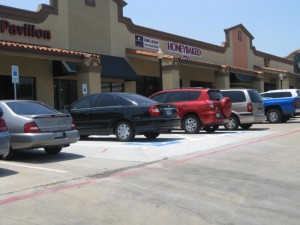


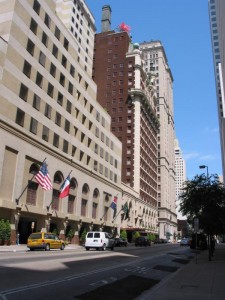
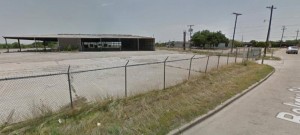
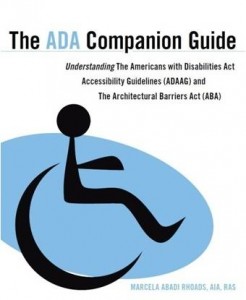
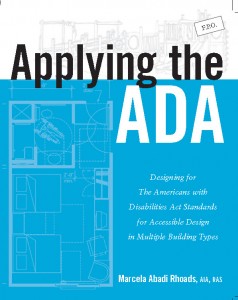
 Abadi
Abadi 


